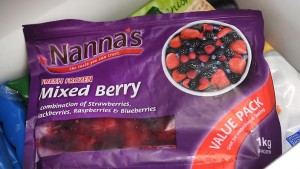According the the U.S. Centers for Disease Control and Prevention, this outbreak appears to be over.
- Epidemiologic, laboratory, and traceback findings identified pork produced by Kapowsin Meats as the likely source of this outbreak of SalmonellaI 4,[5],12:i:- and SalmonellaInfantis infections.
- 192 people infected with the outbreak strains of SalmonellaI 4,[5],12:i:- (188) andSalmonella Infantis (4) were reported from five states.
- Most ill people were reported from Washington.
- 30 ill people were hospitalized, and no deaths were reported.
- CDC’s National Antimicrobial Resistance Monitoring System(NARMS) laboratory conducted antibiotic-resistance testing on clinical isolates collected from 10 ill people infected with one of the outbreak strains of Salmonella I 4,[5],12:i:-.
- All 10 isolates (100%) were multidrug resistant. This included resistance to ampicillin, streptomycin, sulfisoxazole, and tetracycline.
- Antibiotic resistance may be associated with increased risk of hospitalization, development of a bloodstream infection, or treatment failure in patients.
- On August 27, 2015, Kapowsin Meats issued an expanded recallof approximately 523,380 pounds of pork products that might be contaminated with Salmonella I 4,[5],12:i:-.
- Consumers should check their homes and freezers for the recalled pork products and should not cook or eat them. Retailers should not sell these products and restaurants should not serve them.










